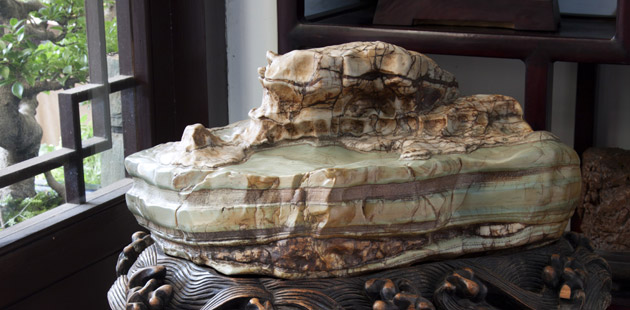Exporters need to step up research, add value
Updated: 2011-12-09 15:00
By Zhang Hua (China Daily)
|
|||||||||||
Comment
The world has witnessed an economic miracle over the past three decades: the Chinese economy has grown 15 times larger since the late 1970s.
One of the driving forces behind this unprecedented economic growth has been the rise of the private sector.
In late 2009, the private sector made up 95 percent of all companies in China and contributed more than 70 percent of all profits generated by Chinese companies.
So, the private sector is playing an increasingly important role in China's economic sector, and the export sector is no exception. In 2010, the private sector accounted for 30 percent of total exports from China.
However, private enterprises have been experiencing an unprecedented tough time in export revenue and profits.
The financial crisis and subsequent turmoil in the world economy have dampened foreign demand and hence adversely affected China's exports.
Statistics from the Ministry of Industry and Information Technology show that in the first five months of 2010, exports from the private sector declined by 13.2 percent compared with the same period in 2009. The profit margins of private exporters have been eroded by several factors.
The first is the continuous appreciation of the renminbi. The second is the rising cost of labor and materials. The third is the lack of adequate financing channels for most of the private export enterprises, which are small and medium-sized. The result is that either they cannot obtain much-needed external financing or they have to pay a high price for it.
According to a survey conducted in 2008 by the Hangzhou division of the People's Bank in Zhejiang province, where there is a cluster of private exporters, the profitability of more than 60 percent of the exporting firms polled had decreased.
Therefore, the question is how to cope with a shrinking market and rising costs.
The survey showed that 20 percent of the firms polled said their profit margins had increased and these firms were exporting electromechanical, chemical, metal or sporting products.
In contrast, those firms exporting low-end, labor-intensive products, such as clothing and shoes, had seen their profits drop.
Therefore, upgrading to produce high-end, technology-intensive products seems to be an effective way to confront the challenge.
Traditionally, most Chinese exporters focus on low-end, labor-intensive products. The resulting lack of product differentiation typically leads to price wars and low profits.
To accomplish the upgrade, exporters need to invest heavily in R&D, branding and distribution channels to add more value to their products. Innovation, high-quality human capital and state of the art leadership are equally important to achieving that transformation. The government's efforts in constructing a multi-channel financial market and improving the protection of intellectual property are also of critical importance to facilitating this upgrade.
The author is assistant professor of finance, China Europe International Business School. The opinions do not necessarily reflect those of China Daily.








